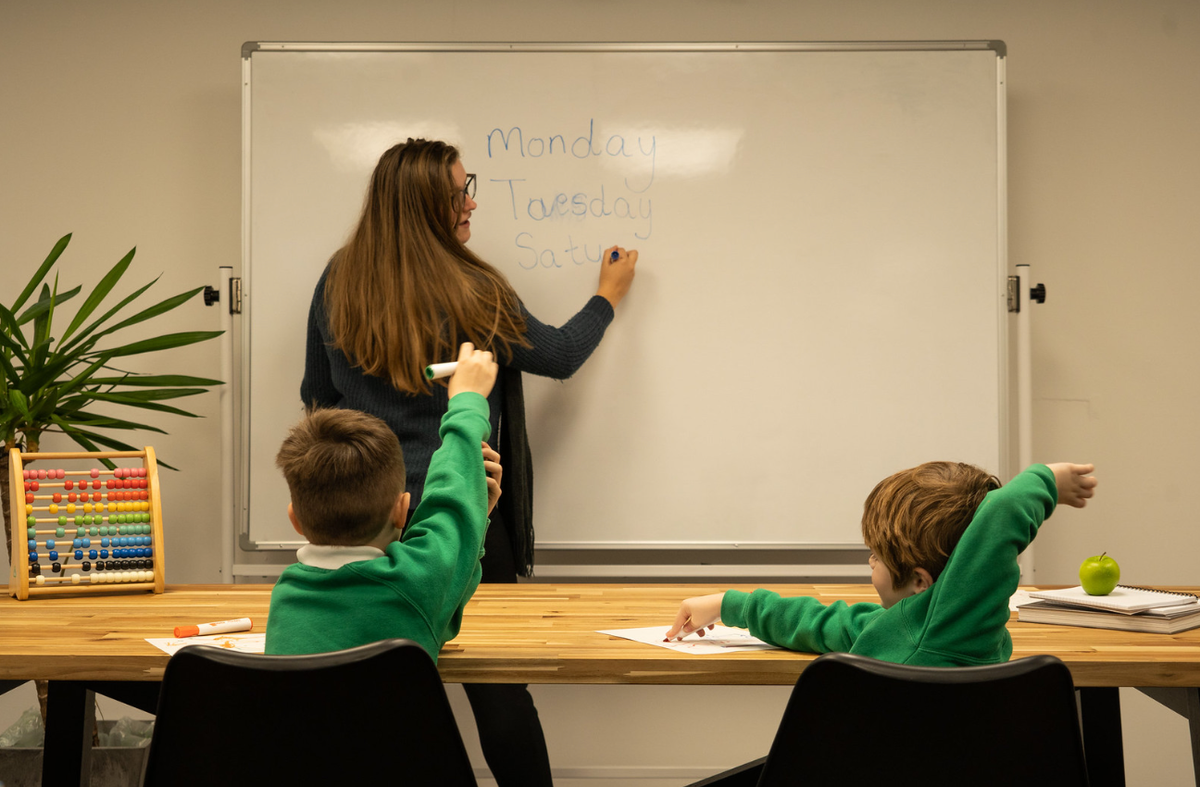I remember my time at school particularly fondly. I was happy to get involved; I would volunteer to read and attempt to make wise-cracks and more in the relative safety of my group of friends. Like any teenager slouching grimly into adulthood, I was uncertain of myself, frightened of being judged. For many students, this natural awkwardness was nothing compared to the their scale of shyness, crippling for some, that they dealt with daily. It is these students that we need to, quietly and with care, support with explicit regard.
Shy students too often get lost in the din of the crowds. There is no particular label for quiet and often industrious students who struggle socially in groups. There is no grand intervention, no code and no guidance that we deem worthy of emphasis. Too often, they sink beneath our all-too-human radar. With quiet desperation, they can cling to the sides of our lessons.
I have some experience of what it is like to be shy and to struggle in a social setting. Though I could confidently fit into everyday lessons at school, one or two experiences violently jarred with my teen sensibilities. In my English lessons, there was an annual rite of giving an individual presentation. I loathed the onset of this event. I was confident in the mix of my friendship group, but when under the glare of the spotlight I crumbled with fear. I gave dire talks on earthworms (yes, I know) and cancer (I know).
There is an all-too-common social situation. It has been labelled ‘the spotlight effect’. We naturally overestimate the attention of others towarss us; we exaggerate in our own minds our minute signs of nervousness. The spotlight is always brighter than we think. For a shy person, the glare of the light too often signals a retreat.
Children with a shy temperament can too easily be misunderstood. Classrooms are effectively the haven of the extrovert, such is the typical power of peer groups, regardless of seating arrangements or teaching methods. Worryingly, intuitive judgements of shy students can be negative. Research by Hughes and Coplan, in ‘Exploring process linking shyness and academic achievement in childhood’ (2010), found that teachers can judge shy children as less academically competent, despite their actual academic performance.
So then, we need to be more aware of our shy students and their needs, but also our hidden biases in the classroom.
If we can identify stressful situations for shy children, such as when they have a speaking and listening presentation, can we better support the arrangement of practice with a friend? I would have appreciated that support before regaling my class about the intricacies of earthworms. Rehearsals of any kind will typically mitigate the stress of the situation. It is this acute awareness of our students which we need to keep in the forefront of our minds.
Simple strategies for supporting shy students
- Talk through with students and model physical stressors and interpret them positively. Some of our physical responses, like fast breathing, is our body readying itself for action. We need to share these positive messages about the stress of ‘performance’. We can model and be explicit about body language and eye contact in each and every interaction: group work and presentations etc.
- as mentioned above, provide opportunities to prepare for verbal, or significant contributions in advance.
- Take care with grouping students, allowing for particularly shy students to work with a friend.
- Carefully select student groupings with explicit roles. We should positively challenge our more introverted and shy students at times, but we can allow for roles that allow students to work in a less extrovert role. Be watchful of loafing and/or others seizing complete control.
- Ensure wait time for shy students (but for all students too). Time to think and formulate a response can be key in encouraging a contribution when a student struggles to speak aloud in class.
- Scaffold questioning and target it at a range of students, or the de facto position of extrovert students gobbling up all the feedback will occur.
- Have frequent private chats – however brief – to establish trust and regard for their potential anxieties.
Yes, many of the strategies outline above are simply good practice that we should apply with all of our students, but our shy students do need our personal spotlight, especially when many, more confident students will all too easily seize our attention.






Comments